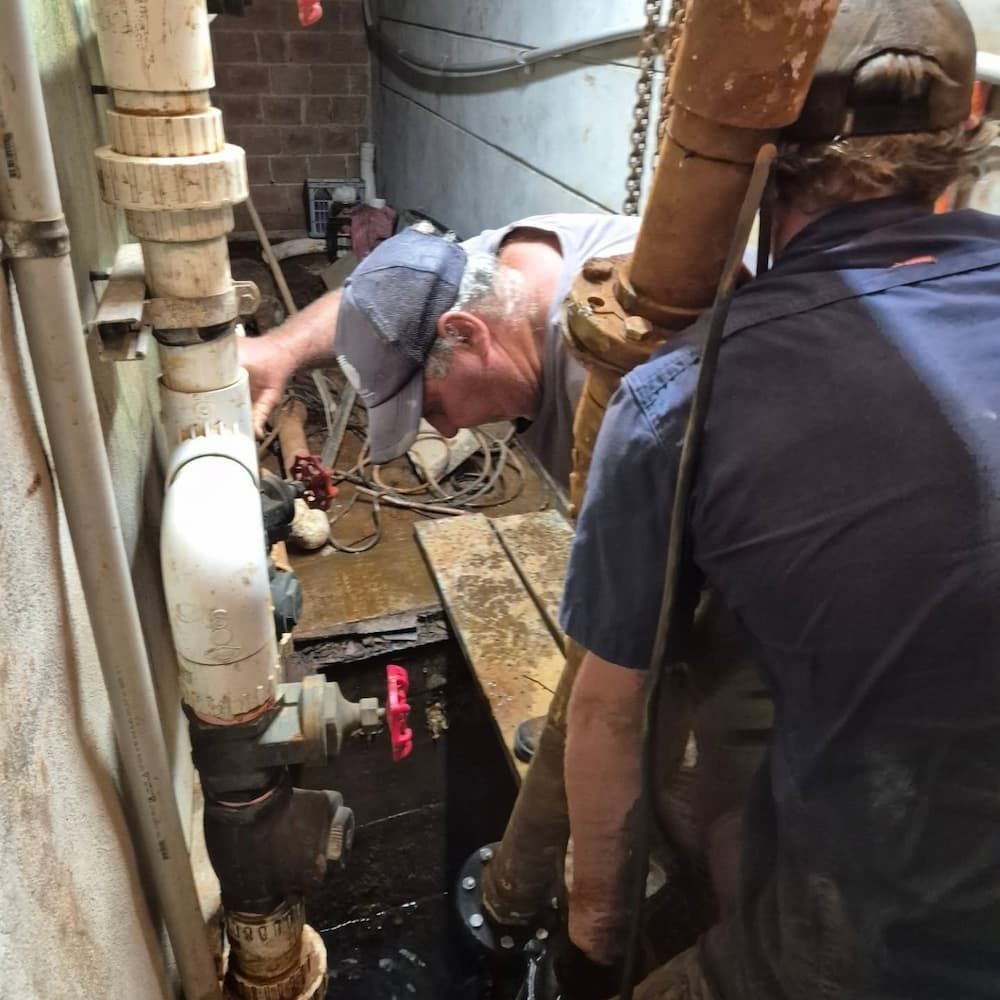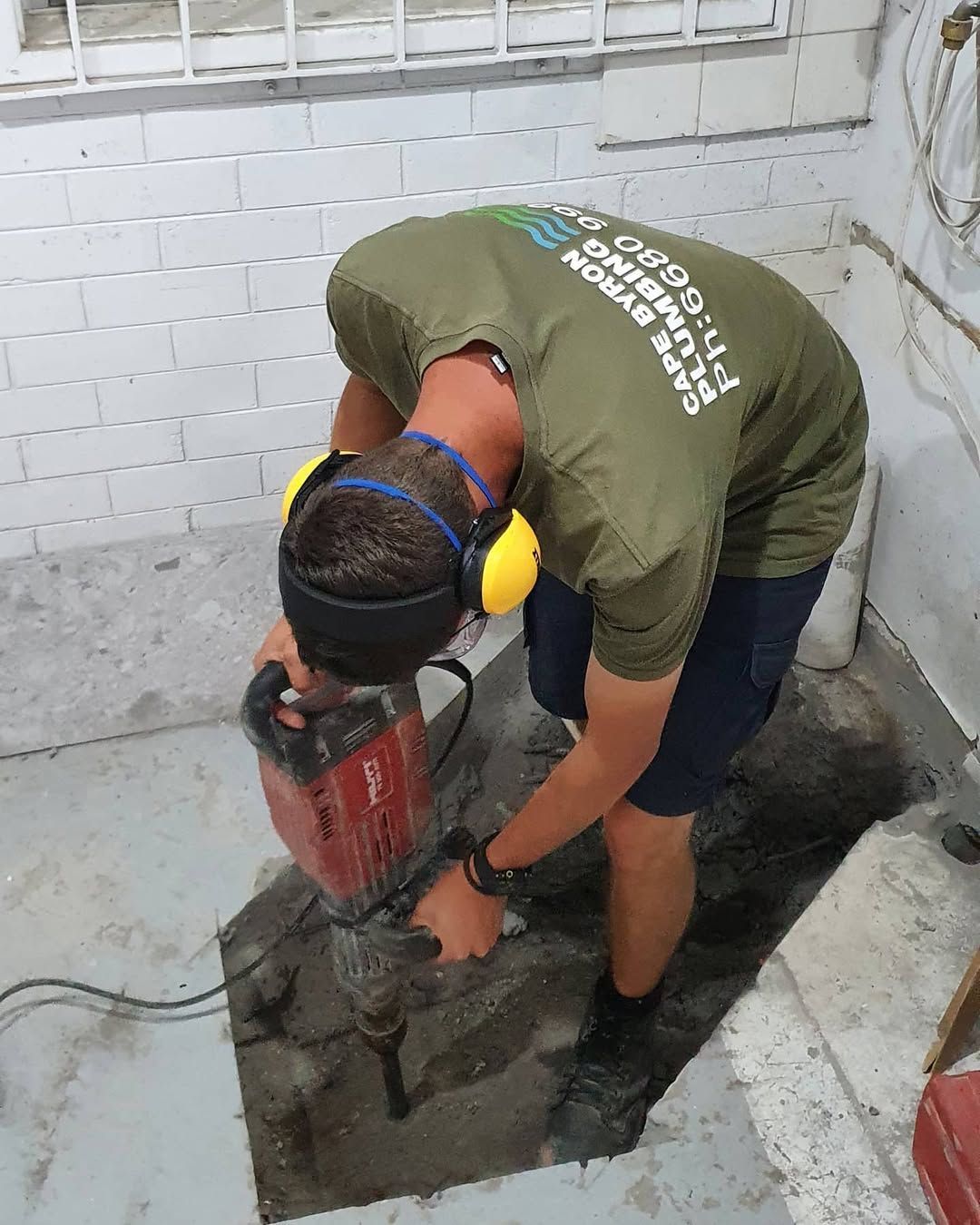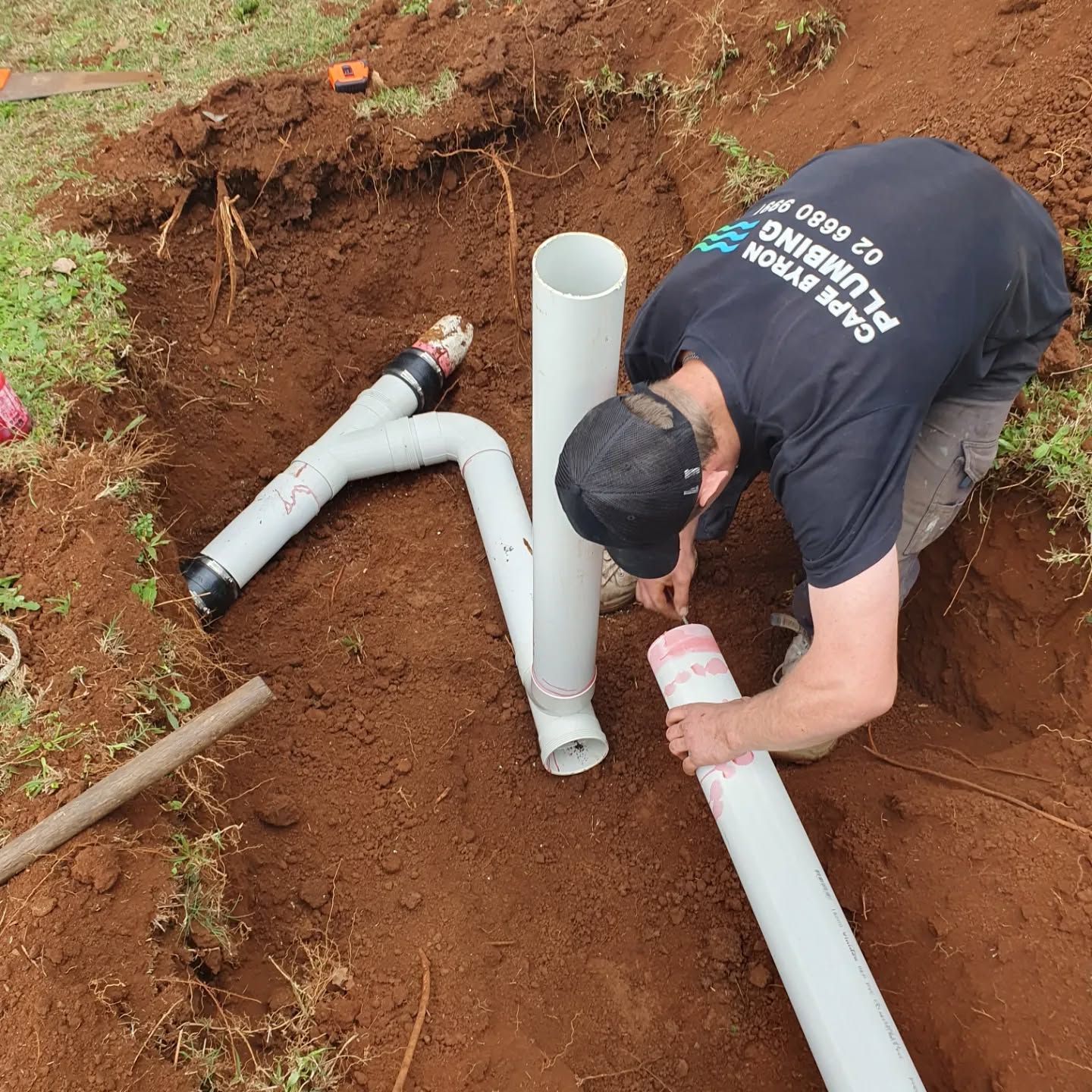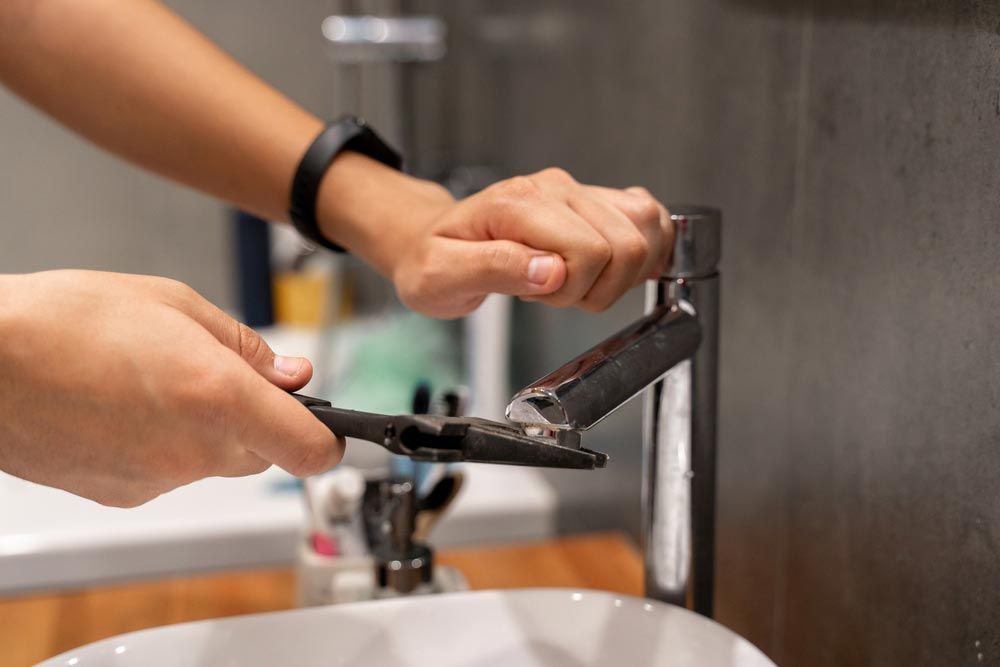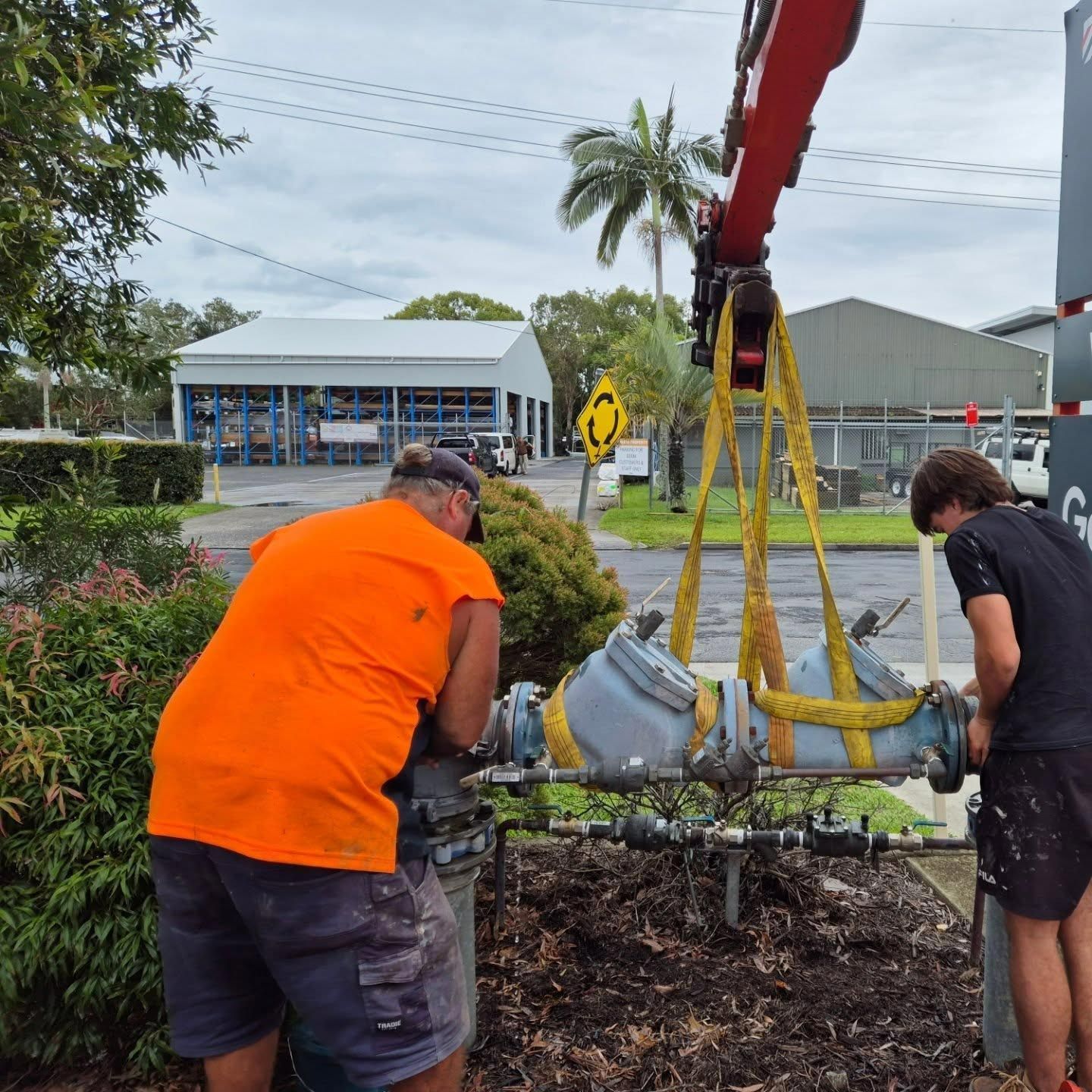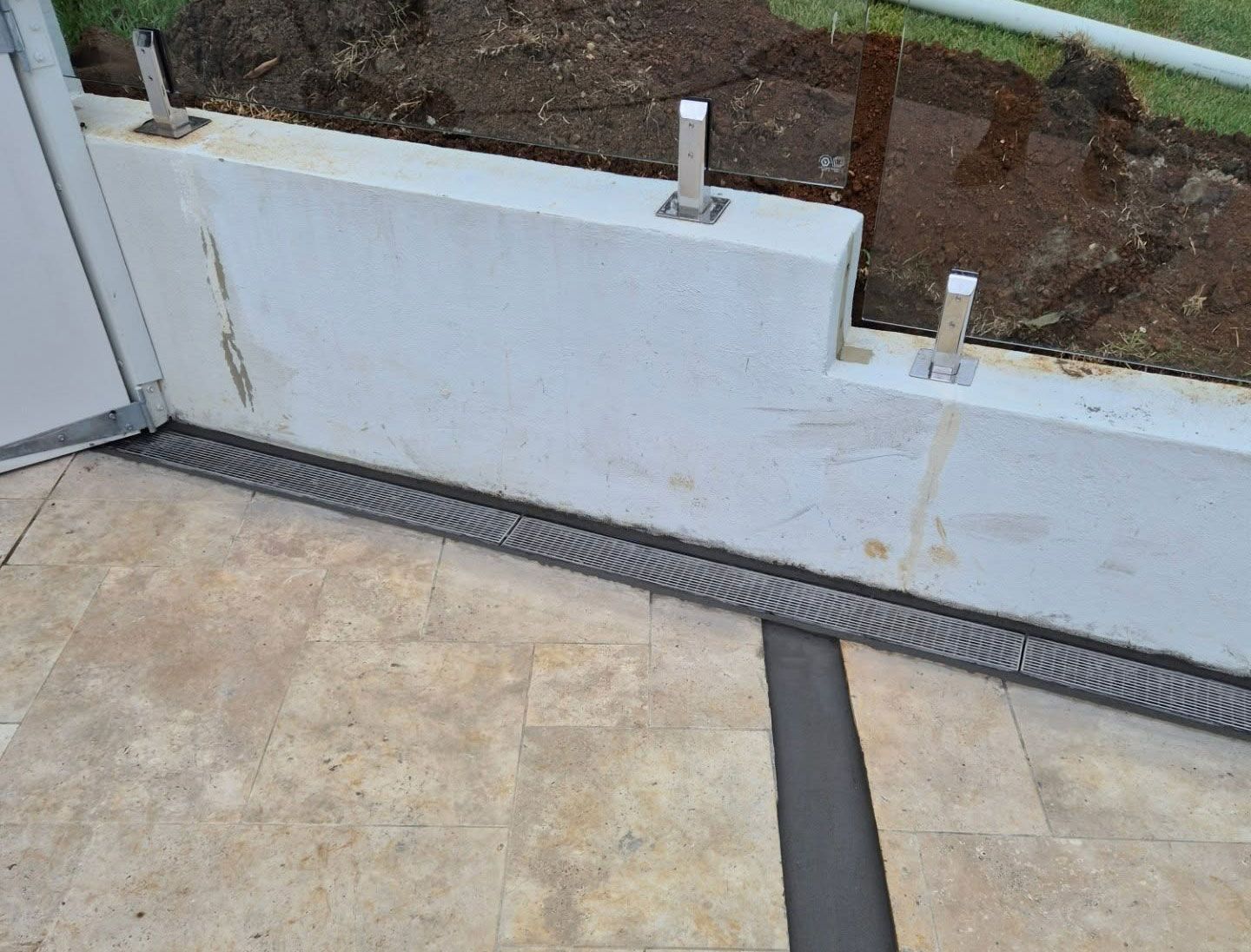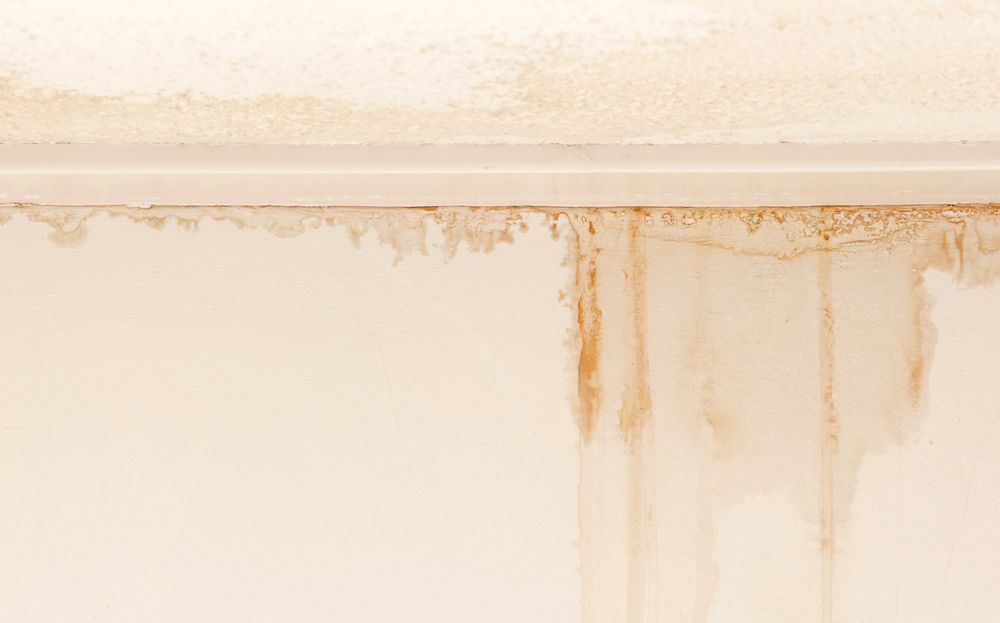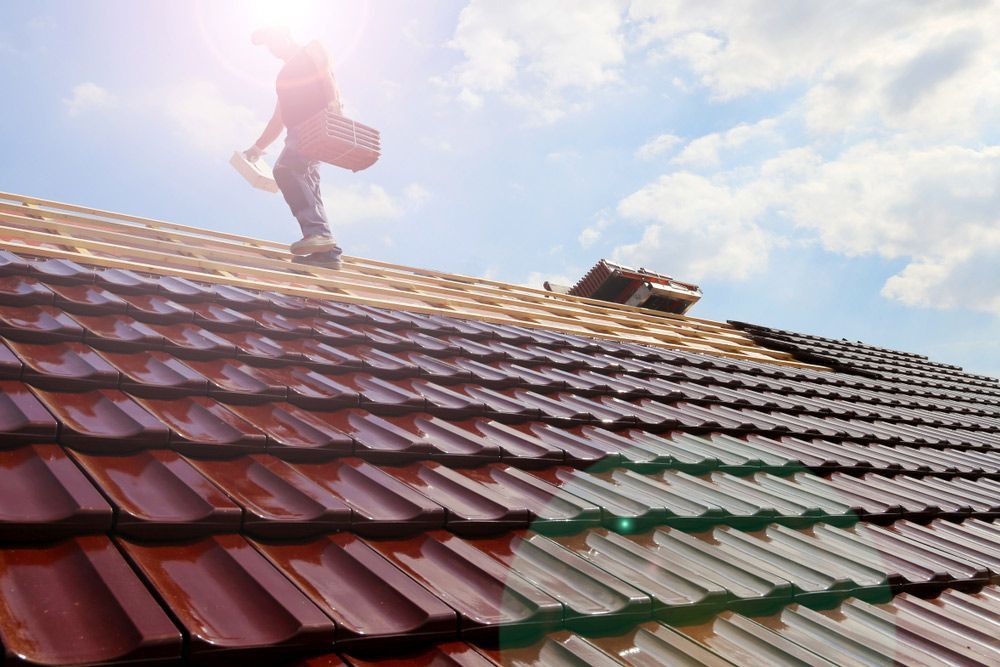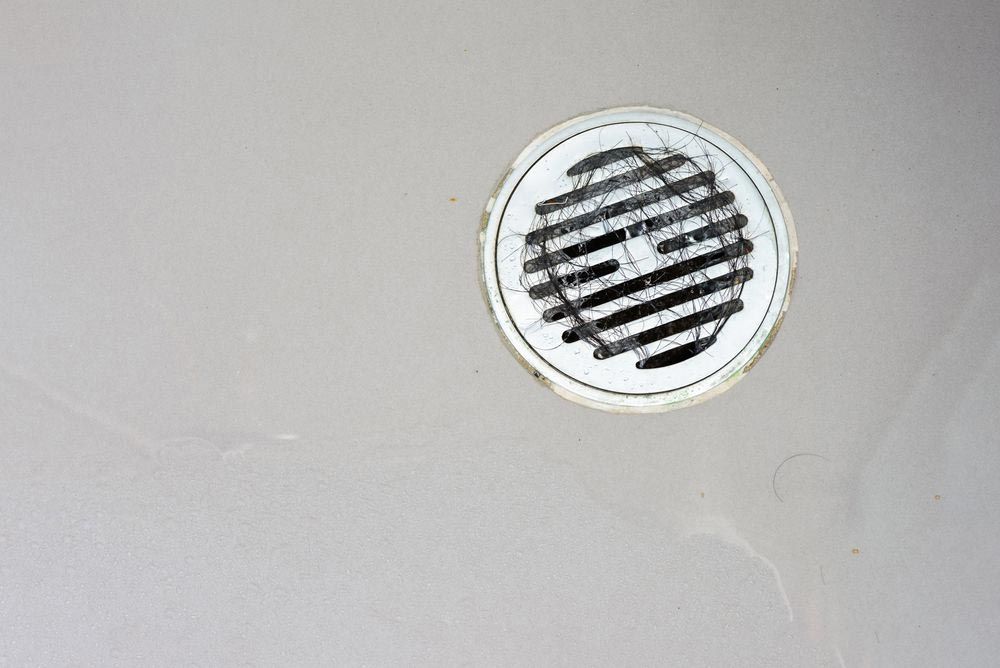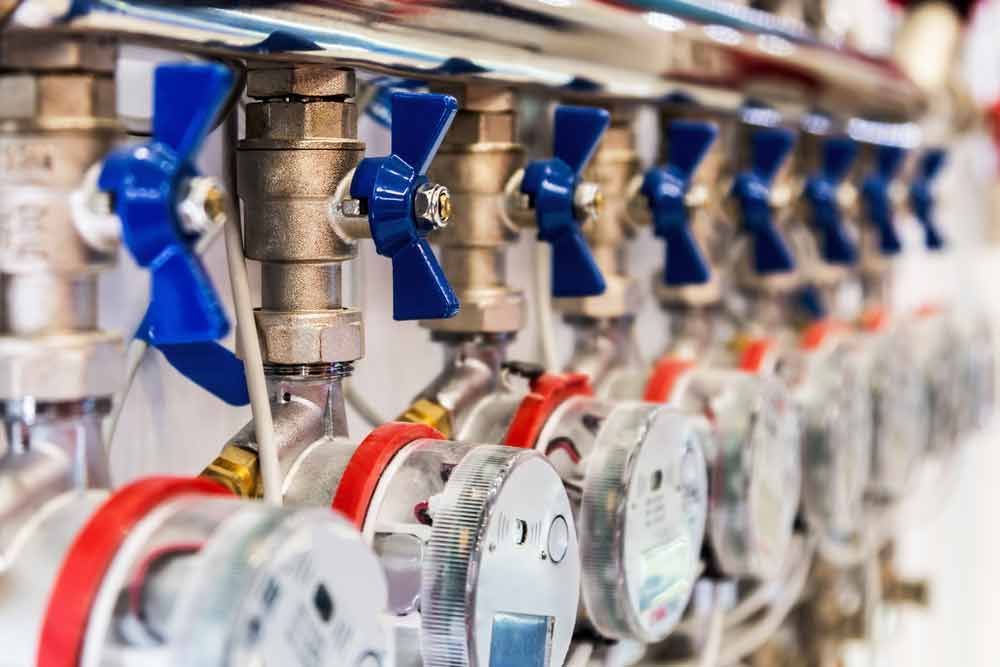Colorbond Roof vs Roof Tiles
Ah, the great Aussie roofing debate. Colorbond vs. tiles, which one should you choose? For decades, Australian homeowners have been asking this very question.
If you’re in the process of deciding between a Colorbond roof and traditional roof tiles, there are a few things you should take into consideration. In this blog post, we’ll explore the pros and cons of each option so that you can make an informed decision.
Which Roof is Cheaper to Install?
Colorbond roofs are typically more affordable than traditional tiles. This is because Colorbond is made from metal and can be installed quickly with minimal labour costs. Additionally, Colorbond roofs require fewer materials for installation than traditional tile roofs. You can expect to pay anywhere between $15k to $30k for a Colorbond roof, depending on the size and complexity of the job. On the other hand, traditional roof tiles tend to cost more due to their complexity.
WINNER: Colorbond
Which Roof Type Lasts the Longest?
Colorbond roofs and traditional tile roofs are both long-lasting options. The major difference between the two is that a Colorbond roof is made of metal and has excellent durability in hailstorms, while tiles are more fragile and can be damaged by heavy winds or hail. However, it’s important to keep in mind that Colorbond roofs are corrosion-resistant and generally require less maintenance than tile roofs. On the other hand, tile roofs can last up to 50 years or more with proper care and regular inspections.
WINNER: Draw
Which Roof Type Requires the Least Maintenance?
Both Colorbond and tile roofs require regular upkeep. However, Colorbond roofs are typically easier to maintain as they don’t need paint or sealant to remain in good condition. They also don’t accumulate debris like moss or dirt, which can be a nuisance for tile owners. On the other hand, tile roofs require occasional repairs and replacement of broken tiles, as well as periodic inspections.
WINNER: Colorbond
Best Roof Type for Insulation
Both Colorbond and tile roofs can provide excellent levels of thermal protection. However, tile roofs are typically more effective at insulating a home as they have a layer of air between the tiles, which helps to act as an insulator. Colorbond roofs don’t have this air pocket and, therefore, may be less effective.
WINNER: Tiles
Which Roof Is the Most Environmentally Friendly?
When it comes to environmental friendliness, both Colorbond roofs and traditional tile roofs have their advantages. Colorbond is made from steel, which is a recyclable material and, thus, better for the environment. On the other hand, traditional tiles are often made from clay or concrete, which aren’t as environmentally friendly. Additionally, Colorbond roofs are designed to be energy-efficient, meaning they can help reduce a home’s energy consumption.
WINNER: Colorbond
Which Roof Type Has the Best Visual Appeal?
This one really comes down to personal preference. Colorbond roofs are available in a wide range of colours, so you can choose a roof that compliments the style of your home. Traditional tiles also come in various colours and styles, so it’s really up to you which one you think looks best.
WINNER: Draw
The Verdict
So, there you have it! The pros and cons of Colorbond roofs vs traditional tile roofs. Ultimately, it comes down to your individual needs and budget. However, we can also say that Colorbond has come out as a clear winner in terms of cost, maintenance and environmental friendliness.
If you’re still unsure which option is right for you, we recommend talking to a professional roofer who can give you more detailed advice. At Cape Byron Plumbing, we’re happy to answer any questions you may have about your roofing needs. Give us a call today on (02) 6680 9997 to enquire.

